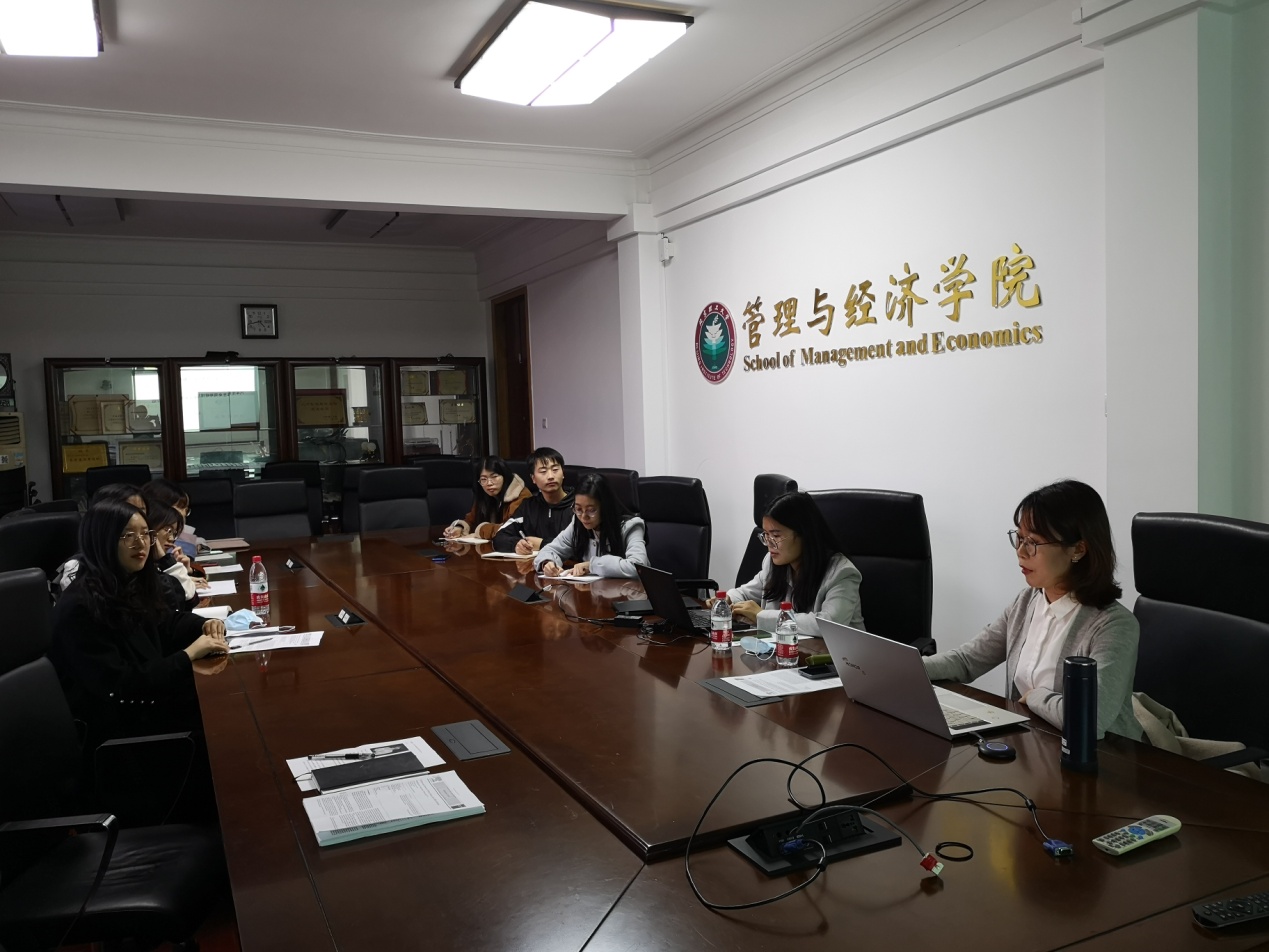On November 19, 2020, the 33rd issue of the Mingli Lecture Hall of our college invited Dr. Sun Zin, the chief engineer of China Automotive Data Co., Ltd., to give an academic report entitled "Research Progress on Automobile Life Cycle Carbon Emission Management Policy", which was presented by Beijing Institute of Technology Professor Zhang Xiang, deputy dean of the School of Management and Economics, presided over the meeting.

In the report, Dr. Sun Zinc first introduced the automobile carbon emission research system established by China Automotive Data, which is more in line with the Chinese scenario, including new research such as the China Automobile Life Cycle Database (CALCD) and the Automobile Life Cycle Assessment Model (CALCM). As a result, I hope to establish an internationally recognized research method for automobile carbon emissions and guide the improvement of relevant life cycle laws and regulations. Secondly, based on the "China Low Carbon Action Plan (CALCP)", Dr. Sun Zinc compared the differences between Chinese and foreign "carbon neutral" targets, and analyzed what is needed for the domestic "carbon neutral" targets when China's current carbon emissions have not yet reached its peak. Challenges facing. If you refer to the European Union's Green New Deal, the domestic transportation industry's carbon emission policy will be stricter in the future, and car companies will face certain pressure to reduce emissions. After that, Dr. Sun Zinc also took Daimler and BMW as examples to demonstrate the emission reduction and carbon reduction measures of well-known car companies from manufacturing and sales to recycling, and analyzed the pressure and impact of the current international situation on China’s development, in order to establish China Future automobile carbon emission policies and the development of the automobile industry provide the possibility of reasonable planning.

The content of this report is full and novel, which aroused great interest of teachers and students, and launched a series of discussions and exchanges, which was well received by the teachers and students participating in the conference!






